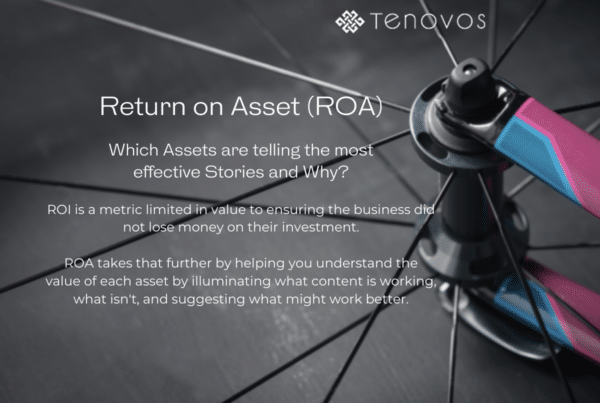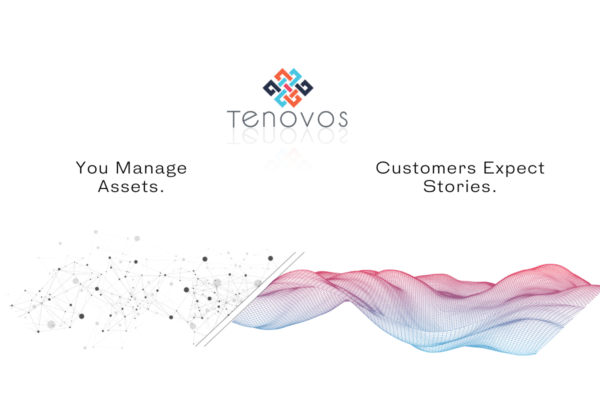
Tenovos Secures $8 Million Series A-1 Funding
November 25, 2024
Tenovos Secures $8 Million Series A-1 Funding
New York – June 30, 2021 – Tenovos, the data-first, modern Digital Asset Management (DAM) company…






